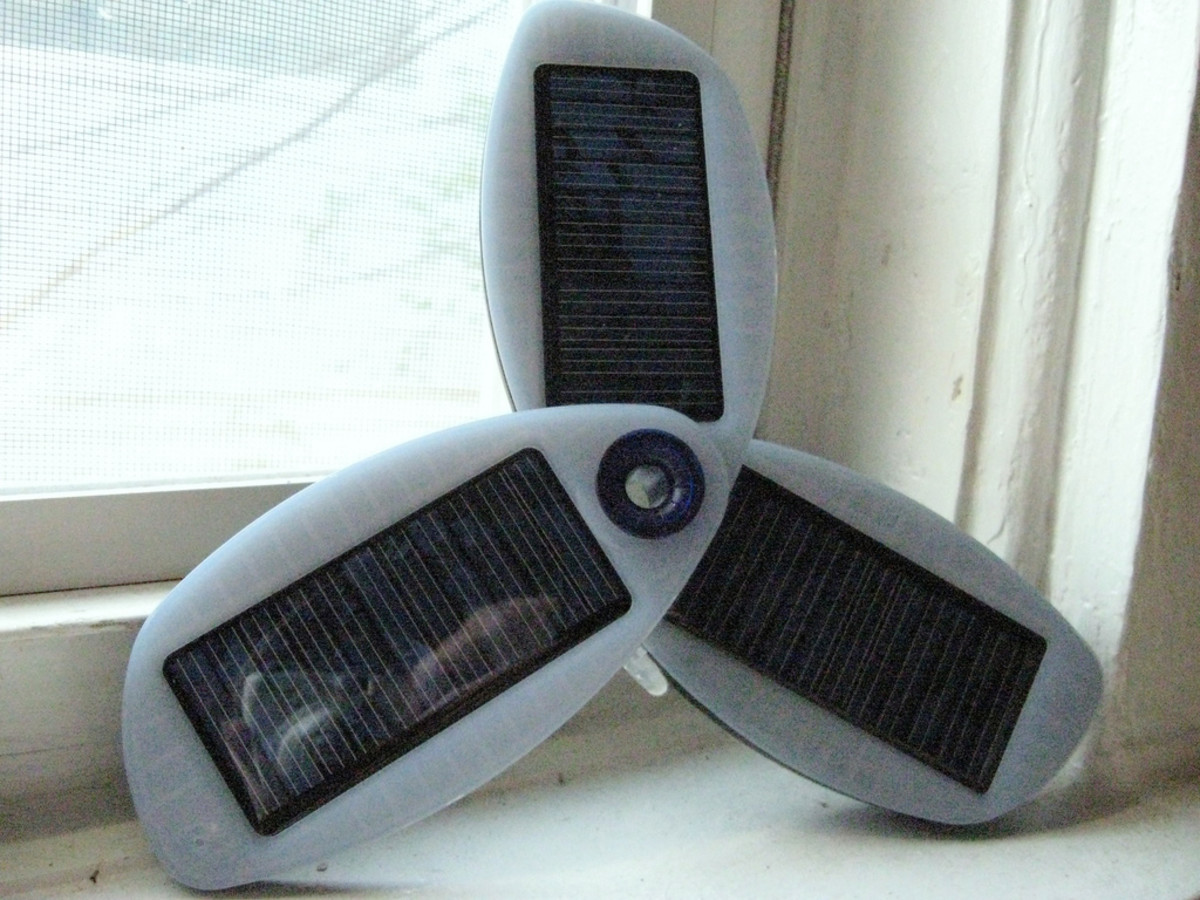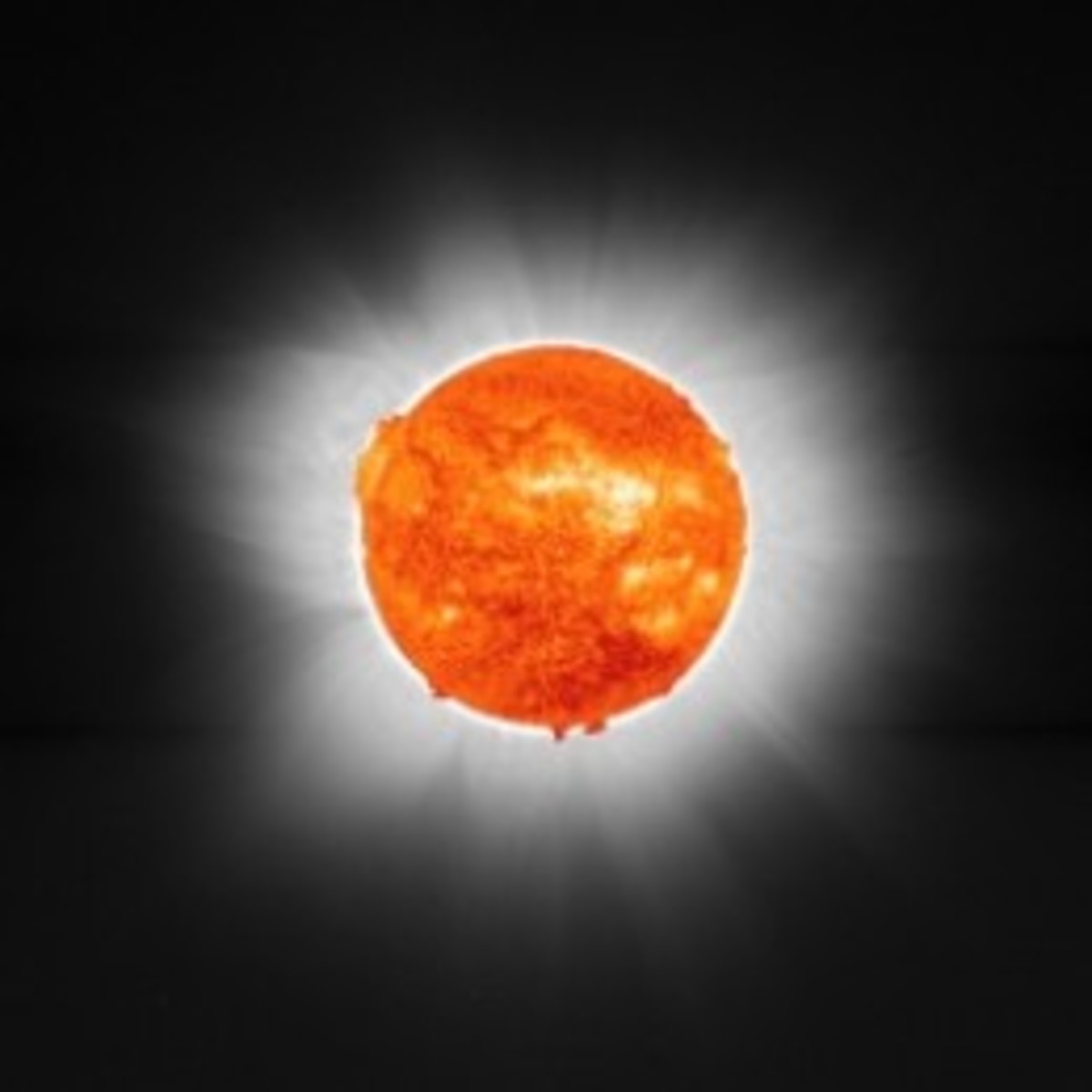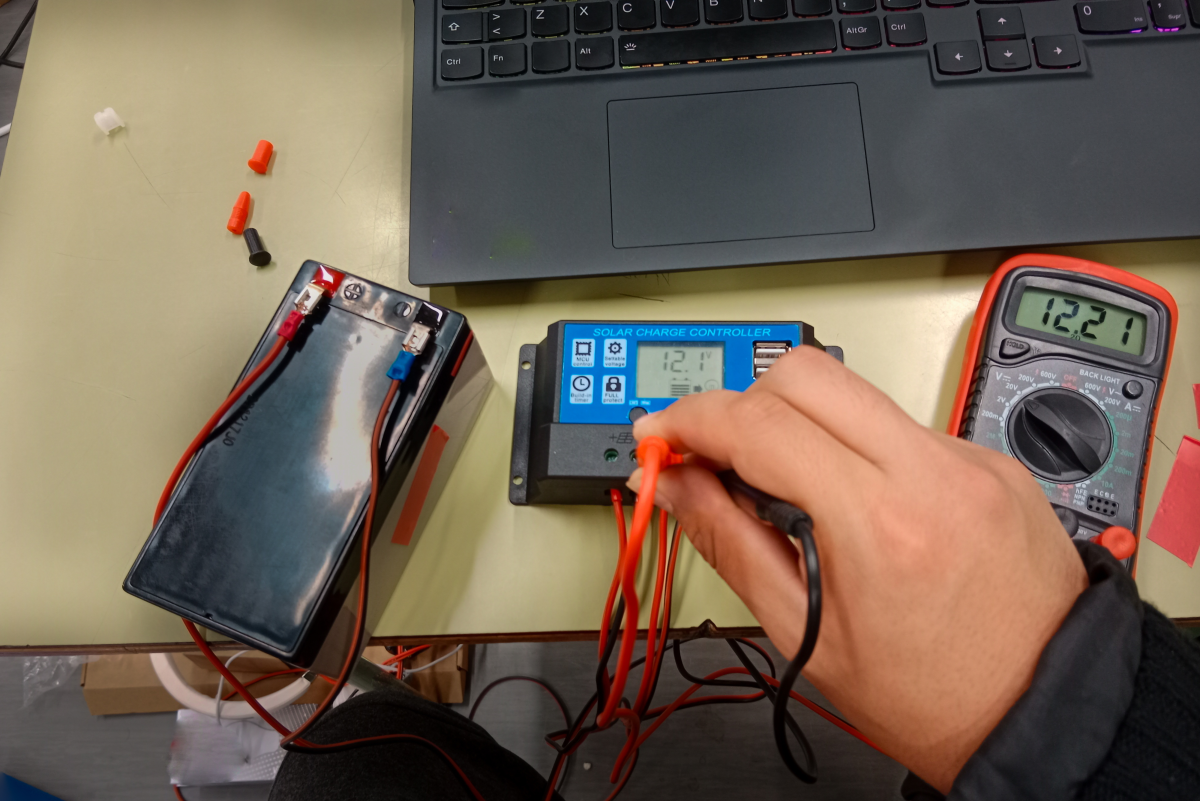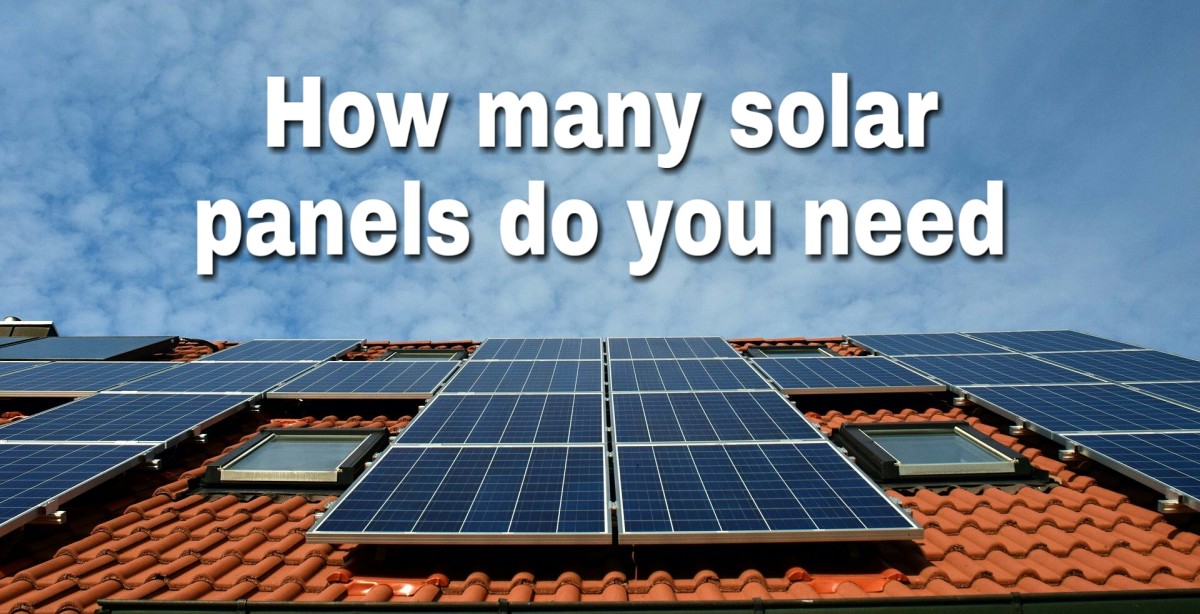Solar Breakthrough: Silicon Wire-Array Solar Cells Convert 80% of Sunlight to Electricity
A Silicon Wire-Array Solar Cell
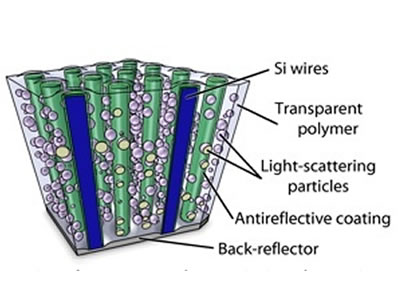
Silicon-based photovoltaic (PV) solar cell technology has gradually become more efficient over the decades since it first started being used in common commercial applications during the 1970s. However, traditional methods of constructing silicon-based solar cells on flat surfaces have only experienced slow and gradual sunlight to electricity conversion rate improvements (currently averaging about 15% conversion efficiency rates), and may be reaching their maximum efficiency levels. While scientists have successfully made traditional flat surface solar cells more efficient by introducing rare Earth metals, such as gallium, these metals are expensive and their use in commercial applications appears limited. A new approach is needed to bring solar cell efficiency to the next level higher.
The Surface of a Silicon Wire-Array Solar Cell
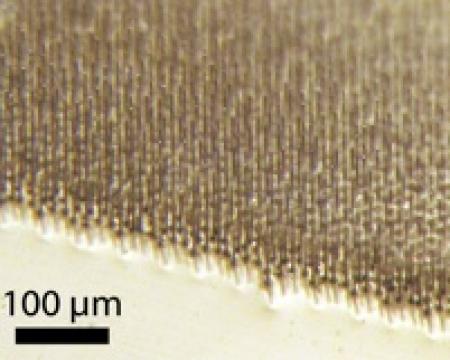
A New Approach: Silicon Wire-Array Solar Cells
A scientific research team at the California Institute of Technology (CalTech) Resnick Institute, in Pasadena, California have taken a new approach to designing solar cells by using a silicon wire-array to cover between two (2%) and ten (10%) percent of a cell’s surface area in an array of wires. The extremely thin plastic coatedsilicon wires capture sunlight much more efficiently than flat surfaces coated with silicon. This is due to the way sunlight disperses as it hits a surface. On a flat surface solar cell, the sunlight that is not absorbed is reflected back out into space. On a silicon wire-array covered solar cell, some of the sunlight is initially absorbed by the silicon wires on the array, while the reflected sunlight disperses in many directions and much of it is absorbed by other silicon wires on the array. The silicon-wire arrays absorb approximately eighty-five (85%) percent of total sunlight photons that can be collected. The silicon-wire arrays convert between ninety (90%) and one-hundred (100%) percent of the collected photons into electrons that can be used to create electricity. This translates to a total sunlight absorption to electricity conversion rate solar breakthrough of approximately 80%, which is more than five times more efficient than current flat surface solar cells.
Future Commercial Applications For Silicon Wire-Array Solar Cells
The silicon-wire array solar cells are not only extremely efficient, but they are also much cheaper to produce than traditional flat surface solar cells because they use considerably less silicon in the wire than the amount of silicon used on flat surface cells, which is usually the most expensive raw material that is used in solar cell manufacturing. In addition to needing much less silicon, silicon-wire array solar cells have the added benefit of being flexible, which means than can be manufactured using lower cost manufacturing processes and can be utilized in some building applications that traditional flat surface solar cells cannot be used in.
Due to high sunlight absorption to electricity conversion rate and low manufacturing costs, it is very likely that at some point in the future, silicon-wire array solar cells will replace traditional flat surface solar cells as the dominant type of commercially installed solar cells. This will likely lead to a boom in solar installations, as the economics of solar produced electricity will improve dramatically when 80% efficient solar cells are available for a fraction of the price of what far less efficient solar cells currently sell for. But before silicon-wire array solar cells can be mass produced and installed in commercial applications, a lot of research and development needs to take place to scale these cells up to sizes that make sense in commercial applications.
The scientific team at CalTech that conducted the silicon-wire array solar cells research includes Harry Atwater, Director of Caltech’s Resnick Intitute, Nathan Lewis, professor of Chemistry at Caltech, and Michael Kelzenberg, who was a graduate student.


